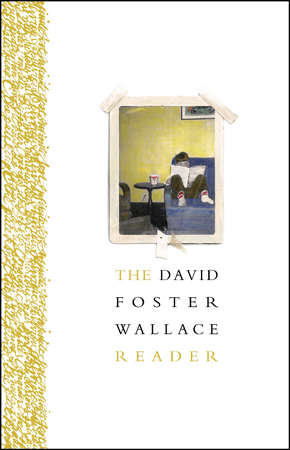Other people’s stories
by David Foster WallaceReading other people’s stories for discussion in a workshop, you will need to decide whether or not the piece succeeds as literary fiction, which elements of the present version do and do not work well, and what revisions might result in a more successful story. Then you will need to articulate these responses fully and clearly, giving specific examples wherever you can. Here are some questions you would do well to ask yourself as you read and re-read other people’s work. In order to be genuinely helpful to the writer, your answers must be concrete and specific, citing actual examples in the story wherever possible. The questions that tend to be most important in helpful criticism are in bold.
1. What has the writer set out to do? What is the story’s meaning or purpose or point? Or agenda, or goal? What basic reaction do you think the writer is trying to get from the reader?
2. Has the writer actually done what she set out to do? Can you see gaps between what she thought she was doing and the way the story actually comes off?
3. Does the story really begin where the writer starts it, or should it begin earlier or later?
4. Is the story too long for what it’s trying to accomplish? Where might it profitably be cut?
5. Is the story too short? Does the writer only sketch or hint at things that need to be developed more fully? If so, which elements need more fleshing out?
6. Is the story’s point of view appropriate, and is it consistent? Does the writer remain faithful to the vantage point she took when beginning the story: e.g., totally omniscient, or omniscient with respect to only one character, or objective?
7. Is the story’s dialogue convincing? Does it sound like real human beings? Does their dialogue help to develop the story’s central characters? Why or why not?
8. Are the characters 3-D, human, complex and developed? Or are some of them only stereotypes, sketches? Which of the characters do you really feel you know?
9. Are the characters behaving consistently? Do their actions match the way the writer wants us to see them as people? Does the story give them sufficient motivation for doing what they do?
11. Is the writing natural and interesting? Does the story’s narrator sound human, or is the writing puffed up and overly formal, such that the prose seems too ‘written’?
12. Does the story’s plot seem to move toward some climax, epiphany, or other unfolding of meaning? Or does it seem slow and static (or maybe rather random or chaotic)?
13. Is the story’s overall sense of proportion appropriate? Is too much time devoted to characters or events that don’t seem to contribute to the story’s purpose? Is too little time devoted to characters or events that seem crucial to the real story?
14. If the story has left you with confusions or unanswered questions, what are they?
15. What are the strongest points of the story as it stands, the elements that have the strongest effect?
16. When revising, what two or three things seem most important for the writer to work on in order to make the story more successful?
Extracted from The David Foster Wallace Reader by kind permission of Hamish Hamilton and the David Foster Wallace Literary Trust.
 David Foster Wallace wrote the novels The Pale King, Infinite Jest and The Broom of the System and the story collections Girl with Curious Hair, Brief Interviews with Hideous Men and Oblivion. His non-fiction includes A Supposedly Fun Thing I’ll Never Do Again, Consider the Lobster and the posthumous collections This Is Water and Both Flesh and Not. He died in 2008.
David Foster Wallace wrote the novels The Pale King, Infinite Jest and The Broom of the System and the story collections Girl with Curious Hair, Brief Interviews with Hideous Men and Oblivion. His non-fiction includes A Supposedly Fun Thing I’ll Never Do Again, Consider the Lobster and the posthumous collections This Is Water and Both Flesh and Not. He died in 2008.
The David Foster Wallace Reader is a compilation of some of the very best of his fiction and non-fiction, teaching materials, other previously unpublished writing, and original contributions from prominent authors and critics about his work. From classic short fiction to genre-defining reportage, conveying his humour, kindness, sweeping intellect and versatility as a writer, this book is a must for new readers and confirmed fans alike. It is published in the UK by Hamish Hamilton as a large-format paperback and by Penguin in eBook. Read more.
davidfosterwallacebooks.com
Author portrait © Giovanni Giovannetti/Effigie


